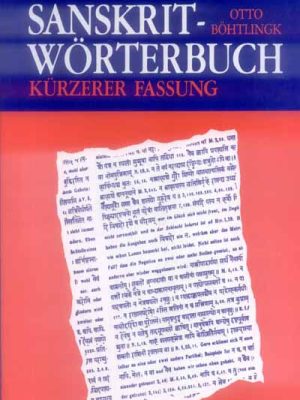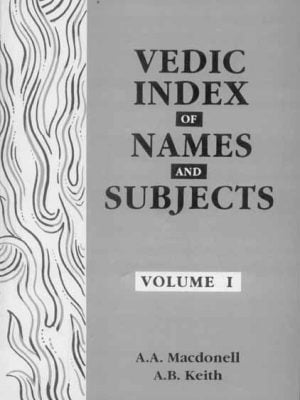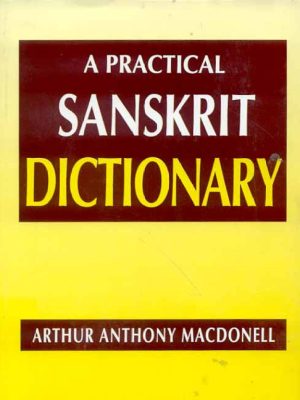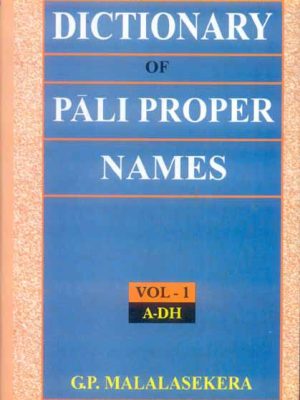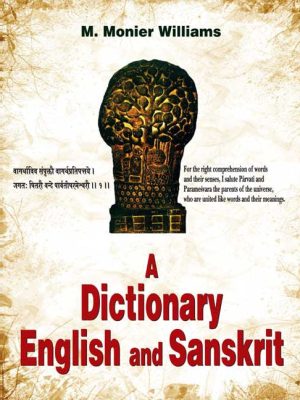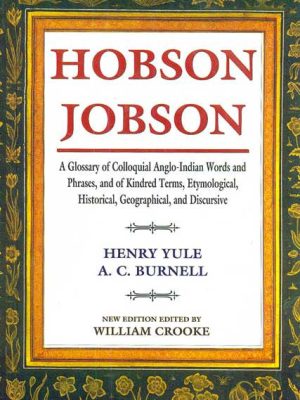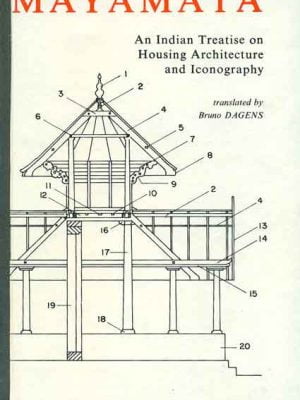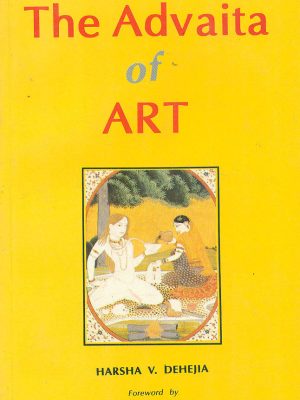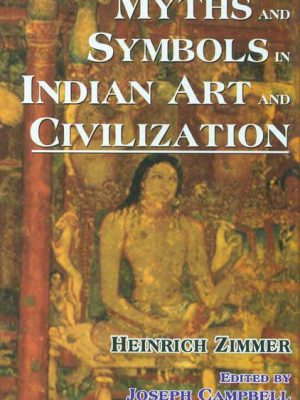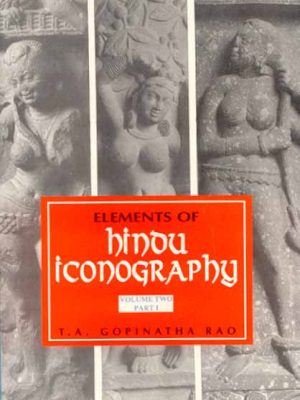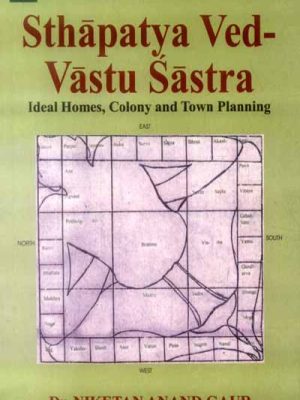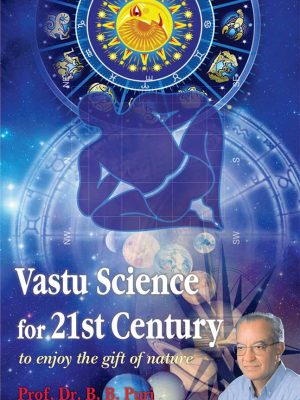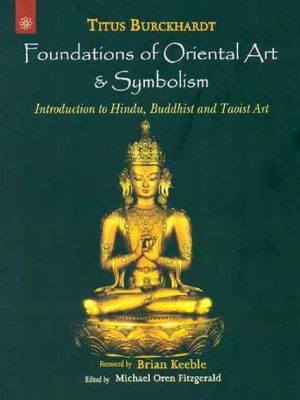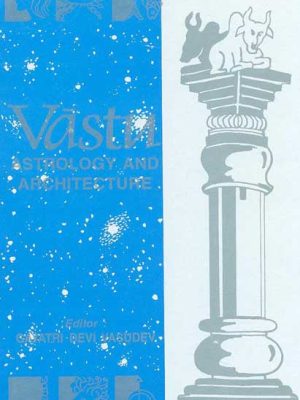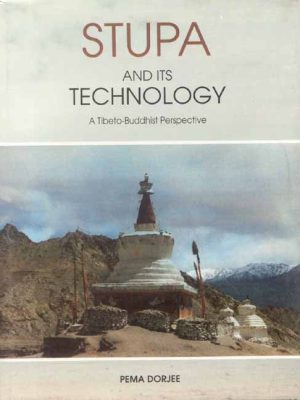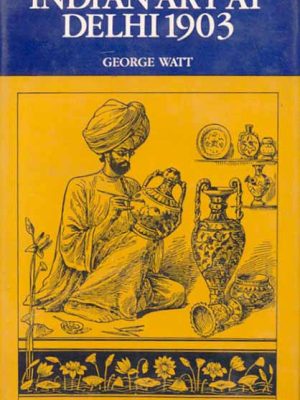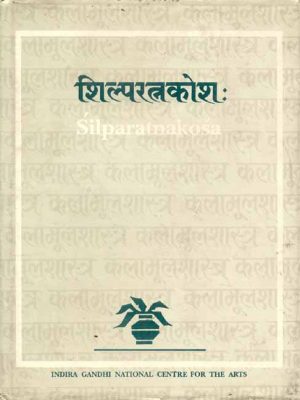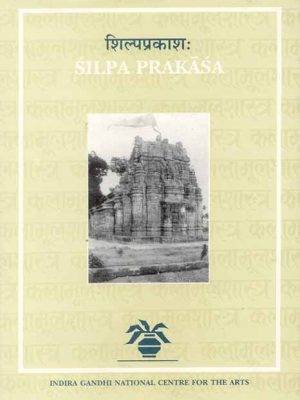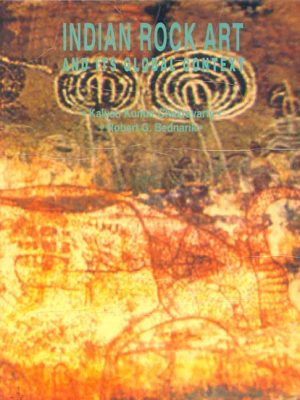Motilal Banarsidass
-
-
-
₹2,595.00
-
-
₹1,100.00
-
Mayamata: An Indian Treatise on Housing Architecture and Iconography
Mayamata: An Indian Treatise on Housing Architecture and Iconography
The present book is based upon a French translation, in the Publication Series of the Institut Francais d’Indologie. The Sanskrit text has been omitted so that the book may be of a reasonable size; by the same token most of the footnotes which accompanied the French translation have been dispensed with. The glossary is presented in an abridged form; most of the drawings have been retained and some more added. Lastly, the interpretation of the English text has been revised.
₹525.00 – ₹725.00Mayamata: An Indian Treatise on Housing Architecture and Iconography
₹525.00 – ₹725.00 -
The Advaita of Art
The Advaita of Art
This inquiry is an undertaking to demonstrate that aesthetic experience in the classical Indian tradition, on its own merit, without being subordinated to rituals and practices commonly held under the rubric of religion, is capable of providing a transcendent experience to a prepared aesthete. Dr. Dehejia examines the dynamics of two aesthetics processes, that stemming from aesthetic emotion or rasa and from aesthetic form or rupa, and cogently underpins them within the advaitic epistemology of Kasmir Saivism. The Advaita of Art, Dr. Dehejia argues, is a joyous celebration of affirmation and assertion and not negation.
₹395.00 – ₹595.00The Advaita of Art
₹395.00 – ₹595.00 -
Myths and Symbols in Indian Art and Civilization
Myths and Symbols in Indian Art and Civilization
This book interprets for the Western mind the key motifs of India’a legends myth, and folklore, taken directly from the sanskrit, and illustrated with seventy plates of Indian art. It is primarily an introduction to image thinking and picture reading in Indian art and thought and it seeks to make the profound Hindu and Buddhist intuitions of the riddles of life and death recongnizable not merely as Oriental but as universal elements.
₹595.00 – ₹795.00Myths and Symbols in Indian Art and Civilization
₹595.00 – ₹795.00 -
Elements of Hindu Iconography (2 vols. in 4 Pts.)
Elements of Hindu Iconography (2 vols. in 4 Pts.)
This treatise is an early attempt for a diligent search into the origin, descriptions, symbols, mythological background, meaning and moral aims of Hindu images. The book is in two volumes, each volume again in two parts. Vol. I, Part I contains a long Introduction discussing among other things the origin of Hindu image worship in India, explanatory description of the terms employed in the work, Ganapati, Visnu and his major and minor avataras and manifestations, Garuda and Ayudha-Purushas or personified images of the weapons and emblems held by gods. Vol. I, Part II deals with Aditya and Nava Grahas (nine planets) and their symbolic features and images worshipped, Devi (Goddesses), Parivara-devatas, and measurement of proportions in images. Vol. II, Part I begins with an Introduction discussing the cult of Siva which is followed by such important topics as Siva, Lingas, Lingodbhavamurti, Chandrasekharamurti, Pasupatamurti and Raudrapasupatamurti, other Ugra forms of Siva, Dakshinamurti, Kankalamurti and Bhikshatanamurti, and other important aspects of Siva. Vol. II, Part II contains descriptions of Subrahmanya, Nandikesvara and Adhikaranandi, Chandesvara, Bhaktas, Arya or Hariharaputra, Kshetrapalas, Brahma, the Dikpalakas, and demi-gods. In addition the book contains 5 Appendices including Sanskrit texts of Parivaradevatah, Uttamadasatalavidhih and Pratimalaksanani. The treatment has been made interesting by profuse illustrations, the two volumes containing as many as 282 photographs of sacred images.
About the Author(s)
T. A. Gopinatha Rao
₹3,000.00 – ₹3,500.00Elements of Hindu Iconography (2 vols. in 4 Pts.)
₹3,000.00 – ₹3,500.00 -
Sthapatya Ved-Vastu Sastra
Sthapatya Ved-Vastu Sastra
Sthapatya Veda embraces the concept of the holistic origin of the universe. It expounds the rinciples involved in the areas of Vastushastra (architecture and planning), Shilpashastra (sculpture and iconography), Chitrakala (painting in all branches). It envelops within it, the knowledge of Jyotis, Ayur-Veda and Gandharva Veda etc. and tenets of Samudhrika Shastra and other branches of Vedic knowledge.
₹250.00Sthapatya Ved-Vastu Sastra
₹250.00 -
Vastu Science For 21st Century: To Enjoy the Gift of Nature
Vastu Science For 21st Century: To Enjoy the Gift of Nature
Vastu Shastra is not merely an art but a definite science in itself. This book has made an excellent effort to establish this fact. The book attempts to highlight the principles of Vastu science and its application in designing of built enviroment to enhance the quality of life. This science
is still relevant and effective in the modern life changing styles of Architecture with universal application of its principles. The author has tried to justify that Vastu principles are much in need in the 21st century in view of rapid advancements man is making in other fields without compensating on ecology front, which forms the basis of Vastu. In the end an attempt has been made to give a compound solution to the problem of Vastu-based planning.
₹525.00 -
Foundations of Oriental Art and Symbolism: Introduction to Hindu, Buddhist and Taoist Art
Foundations of Oriental Art and Symbolism: Introduction to Hindu, Buddhist and Taoist Art
It is an edited collection of the author’s most important articles on oriental art and symbolism, with illustrations from the traditional oriental civilizations. These illustrations provide an insightful descriptions and explanations, with a small taste of the beauty that permeated the traditional Hindu, Buddhist, and Taoist worlds – a beauty that has in large part been overwhelmed and swallowed by our modern era.
Part I, ‘Oriental Art‘, begins with Burckhardt’s introduction to traditional oriental art. In the following three chapters the author explores the artistic foundations of each of the three great oriental religions: Hinduism, Buddhism, and Taoism, focusing particularly on the Hindu temple, the Buddha image, and Chinese landscape painting.
Part II provides insights that enable us to compare the underlying spiritual values that are the foundation for traditional cultures, with the quantitative analyses that are the starting point for today’s technological societies. In the following five chapters Burckhardt then explores examples of selected recurring symbols in the oriental worlds, such as the mirror, the sacred mask, and the serpent and dragon.
₹2,000.00 -
Vastu: Astrology and Architecture: (Papers presented at the First All India Symposium on Vastu, bangalore, held on June 3-4, 1995)
Vastu: Astrology and Architecture: (Papers presented at the First All India Symposium on Vastu, bangalore, held on June 3-4, 1995)
Vastu Sastra an important limb of Jyotisa or astrology is an ancient science and study of architecture and engineering.
The present volume is an outcome of a symposium on Vastu. One of the goals of the symposium was to revive the lost glory of Vastu and show its relevance to modern times. The book covers different aspects of construction from planning to execution. It underline the role of Jyotisa astrology in Vastu principles.
The book will stimulate greater interest in ancient Vastu principles amongst modern architects and enginers and present them a new perspective which will raise their creativity to new untouched heights.
The book has been divided into three broad sections covering different aspects of Vastu Silpa-I. Vastu and its Relevance to Modern Times; II. Vastu and Jyotisa; and III. Vastu and Temple Architecture comprising thirty-three articles in all. Their contributors represent a range of viewpoints on Vastu principles. All write with intelligence and insight keeping in view its relevance with modern times needs of architecture and engineering.
₹495.00 -
Stupa and Its Technology: A Tibeto-Buddhist Perspective
Stupa and Its Technology: A Tibeto-Buddhist Perspective
Among all the religious monuments of the world, the stupa has the longest
uninterrupted historical development. Though modelled after the Indian
prototype, the stupa architecture was developed in all the countries where
Buddhism had flourished. Over time, the structural shape of the stupa
underwent significant modifications in India and the other Asian Buddhist
countries.
The present study shows how Tibet became a treasure house of Buddhist
culture and literature–highlighting important texts dealing with stupa
architecture. Various ritual activities associated with the construction of
the stupa are described along with the eight fundamental types of
Tibeto-Buddhist stupas and their main structural components. A survey of
the stupas found in the upper Indus Valley in the Leh region of Ladakh
shows their similarity to the Tibeto-Buddhist tradition. The value of the
book is enhanced by an appendix with English translation of four important
Tibetan texts preceded by transliteration.
This monograph is the first in the new sub-series of the IGNCA on the
Buddhist stupas, which would not be restricted to India alone. It is hoped
that such studies will enable the art-historians and archaeologists to
understand this important structural form in totality in relation to its
wide geographical spread and the distinctive features of particular
developments in different countries.
₹595.00 -
Indian Art at Delhi-1903
Indian Art at Delhi-1903
The volume was first published as a Catalogue and Guide to the Indian Art Exhibition held at Delhi ‘to concide with the Durbar of 1902-03’. The volume is a unique work of documentation of ninteenth-century indian craftsmanship. The text is enriched with graphic representation of rare specimens of Indian artistry. Its usefulness as ‘a gazetteer and an ethnographical dictionary’ makes it invaluable for the students engaged in research of the history of craft and industry in India.
₹1,495.00Indian Art at Delhi-1903
₹1,495.00 -
Silparatnakosa of Sthapaka Niranjana Mahapatra: A Glossary of Orissan Temple Architecture
Silparatnakosa of Sthapaka Niranjana Mahapatra: A Glossary of Orissan Temple Architecture
The Silparatnakosa is a 17th century Orissan text composed by Sthapaka Niranjana Mahapatra describing all the parts of the temple types of Orissa such as the Manjusri and Khakara. It also contains a section on sculpture on image-making (Pratimalaksana). This text though much later than the temples described reflects the still living tradition and it contributes much to clarify the terminology of Orissan temple architecture. The text has been edited from three palmleaf MSS and translated with numerous illustrations.
₹895.00 -
Silpa Prakasa by Ramacandra Mahapatra Kaula Bhattaraka: Medieval Orissan Sanskrit text on temple Architecture
Silpa Prakasa by Ramacandra Mahapatra Kaula Bhattaraka: Medieval Orissan Sanskrit text on temple Architecture
“The Silpa Prakasais an important addition to the existing literature on Indian Silpa Texts.” the text goes into a great detail of the architecture, the iconography and the symbolism of all the parts of the temple. Its unique contribution lies in the description of Yantras or symbolic diagrams underlying the architecture as well as sculpture. This edition will be extremely valuable for understanding not only temple construction but the entire symbolism underlying the unique temples of Orissa.
₹1,795.00 -
Indian Rock Art and its Global Context
Indian Rock Art and its Global Context
This is a unique volume in the history of rock art studies, meant at once
for the advanced scholar, serious student and the curious but conscientious
layman, co-authored by K.K. Chakravarty and R.G. Bednarik, who co-chaired
the indian Rock Art session of the World Archaeological Congress 3 at Delhi in
1994. It is a synoptic but comprehensive survey, illustrated by 221
photographs and sketches, including 172 photographs in colour. The two
scholars have not only described the latest state of research on rock art,
but also transported rock art studies into the realm of interdisciplinary,
inter-cultural analysis. Buttressed by an indicative map of the rock art
regions, a list of major up to date direct dating results on rock art, a
glossary of keywords related to spatial, temporal, technological,
managerial categories, and an index, this volume blends precise,
dispassionate descriptions with eloquent evocations. It blends conclusions
distilled from rigorous, hard headed field research with penetrating
criticism and assessment of the evidence. It combines a ruthless brevity
and density with extraordinary felicity and clarity of language. Above all,
it is an wonderful attempt at dealing with the problems of understanding,
which dog human attempts to comprehend the meaning and shape of human
creativity.
₹1,700.00Indian Rock Art and its Global Context
₹1,700.00 -
Residential Architecture in Bhoja’s Samaranganasutradhara: Introduction, Text, Translation and Notes
Residential Architecture in Bhoja’s Samaranganasutradhara: Introduction, Text, Translation and Notes
The Samaranganasutradhara, composed in the 11th century and commonly attributed to King Bhoja of Dhara, is one of the most remarkable silpasastras of northern India. Consisting of more than seven thousand slokas, it contains not only detailed descriptions of temples, but also a comprehensive exposition of residential architecture. This book is an annotated translation of the central passages on residential architecture accompanied by a study of the Samaranganasutradharaês sources, the problem of authorship, and related matters. It is rounded off by a comprehensive glossary of technical terms and illustrations.
₹695.00
